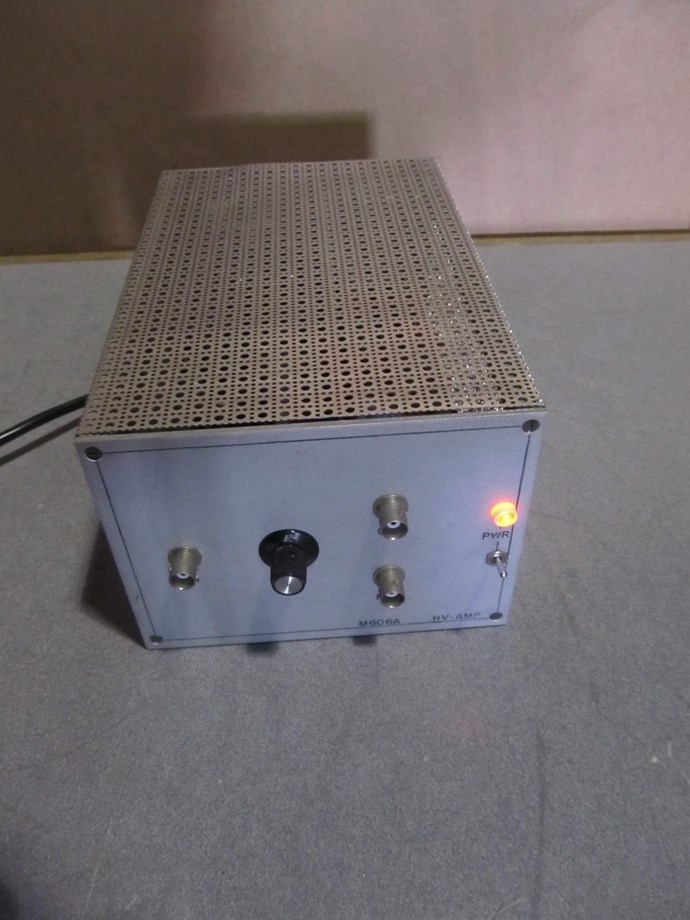Prometheus
posted this
12 November 2018
- Last edited 16 November 2018
Just found this. I think that's what I'm going to go with.
That's an OPA541 two-stage amplifier capable of 1.6 MHz and 125 watts. It uses an OPA445 first-stage op-amp for voltage amplification, and an OPA541 second-stage op-amp for current amplification.
The board can handle +/- 40 volt rails. It's got a current sensing resistor (pin 8 of the OPA541 chip) with short-circuit protection. It's got a stock total gain of 33.
If you put a 10K multiturn potentiometer in series with a 1K resistor (in place of R2), you get a variable first-stage gain from 1.9 to 11 (stock is 11). The unaltered second stage has a gain of 3, so this gives you a total gain from 5.73 to 33.
You want to keep the second stage gain at or below 3 (stock is 3, although you can push it to 5 if you lower first stage gain) to improve slew rate, so you could put a 1K multiturn potentiometer in series with a 1K resistor (in place of R4) to vary the second-stage gain from 2 to 3, giving a total gain from 2.86 to 33.
If you put a DPDT switch across C4 and C5, you get both AC and DC input coupling.
You'll have to change out the heat sink thermal interface material... you can get them with much better thermal performance than what's stock. I'm planning on cutting out a section of the heat sink and welding in a metal cup. I'll put water in the cup, which should hold the heat sink around 100C maximum.
One caveat is that you should only supply enough voltage from your DC power supply to get the desired output voltage from the amplifier... input any more than a few volts above the desired output voltage and you're chucking a lot of energy off as wasted heat.
Wrap it all up in a nice case, and you've got yourself a nice little function generator amplifier.
{EDIT}
You can also do the same for the OPA549 board sold on eBay, giving you +/- 60 V rails and 8 amps output, but it's only good to 900 KHz.
{/EDIT}


















---open-tesla-research.jpg?width=20&crop=0,0,20,20)

